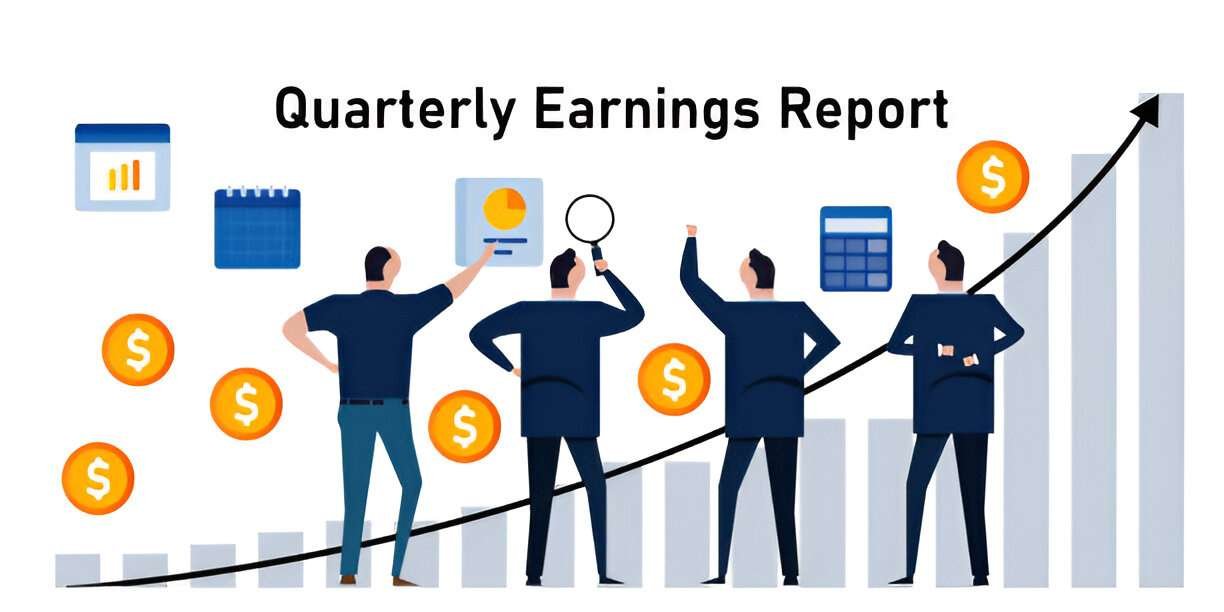Introduction
I’ve met plenty of people who hesitate to invest in stocks. Some fear losing money, while others don’t trust Wall Street. Many simply feel overwhelmed by financial jargon. I understand these concerns because I’ve had them myself. The stock market can feel like an unpredictable beast, but avoiding it altogether is a mistake. Over time, inflation erodes savings, while stocks have historically delivered solid returns.
If fear is holding you back, you’re not alone. But there are practical ways to move past it. In this article, I’ll break down why people fear investing, how to overcome those fears, and strategies to start investing with confidence.
Understanding the Fear of Investing
1. Loss Aversion: Why We Fear Losing Money
Psychologists have found that people feel the pain of losses more than they enjoy gains. This is called loss aversion. If I lose $1,000 in the stock market, it stings far more than the joy of making $1,000. This emotional imbalance can lead to poor decisions—like pulling money out of the market after a downturn instead of staying invested.
📊 Example: Stock Market Volatility vs. Long-Term Gains
| Investment Period | Average Annual S&P 500 Return | Probability of Losing Money |
|---|---|---|
| 1 Year | ~10% | 25-30% |
| 5 Years | ~10% | 10-15% |
| 20+ Years | ~10% | ~0% |
History shows that while short-term losses are common, long-term investors almost always come out ahead.
2. Lack of Knowledge: Feeling Overwhelmed
Many people fear investing because they don’t understand it. The financial world is full of complex terms, and news about market crashes doesn’t help. But investing doesn’t have to be complicated. You don’t need to pick individual stocks or become a day trader to grow your wealth.
3. Fear of Another Market Crash
I’ve heard many people say, “What if another 2008 happens?” The Great Recession scared off an entire generation of investors. But market crashes, though painful, are temporary. The key is to have a strategy and avoid panic selling.
📈 Example: The Stock Market Always Recovers
- 2008 Financial Crisis: The S&P 500 dropped 56%. But by 2013, it had fully recovered.
- COVID-19 Crash (2020): The market fell 34% in just a month. It rebounded in less than a year.
Long-term investors who stayed put saw their portfolios recover and grow.
Strategies to Overcome the Fear of Investing
1. Start Small: Invest in What Feels Comfortable
You don’t need to throw your life savings into the stock market. Start with a small amount—maybe $50 or $100 per month. Many brokers offer fractional shares, so you can invest in big companies without needing thousands of dollars.
📊 Example: The Power of Investing Small Amounts Consistently
| Monthly Investment | Years Invested | Total Invested | Value at 8% Return |
|---|---|---|---|
| $100 | 10 | $12,000 | $18,294 |
| $100 | 20 | $24,000 | $57,266 |
| $100 | 30 | $36,000 | $135,940 |
Even small investments can lead to significant wealth over time.
2. Use Dollar-Cost Averaging (DCA)
Dollar-cost averaging means investing a fixed amount at regular intervals. This reduces the risk of buying at the wrong time.
🧮 Example: DCA vs. Lump Sum Investing
Let’s say I have $1,200 to invest. I could:
- Invest all $1,200 at once.
- Invest $100 per month for a year.
If the market drops right after I invest a lump sum, I take an immediate hit. But with DCA, I buy shares at different prices, averaging out the cost and reducing risk.
3. Understand Market Cycles: Volatility Is Normal
Stock prices rise and fall—it’s part of the game. Instead of fearing downturns, I see them as buying opportunities. If I invest during market dips, I get stocks at a discount.
📈 Example: Buying During Market Corrections
- In March 2020, Apple stock fell to $57. By 2021, it was over $130.
- Amazon dropped 25% in 2018 but more than doubled within two years.
Investors who buy quality stocks during downturns benefit the most in the long run.
4. Diversify: Reduce Risk Without Sacrificing Returns
Putting all my money in one stock is risky. Instead, I diversify by investing in a mix of stocks, bonds, and ETFs.
📊 Example: Diversification vs. Concentration
| Portfolio Type | Risk Level | Average Return |
|---|---|---|
| 100% Single Stock | Very High | Varies |
| 100% S&P 500 ETF | Moderate | ~10% |
| 60% Stocks, 40% Bonds | Lower | ~7-8% |
A diversified portfolio helps balance risk and reward.
5. Think Long-Term: Avoid Short-Term Thinking
Short-term market fluctuations don’t matter if I’m investing for the long run. I focus on the big picture. Historically, the stock market has delivered 10% annual returns despite recessions and crashes.
🧮 Example: The Growth of $10,000 Over Time
\text{Future Value} = 10,000(1.10)^{30} = 174,494That’s the power of compounding.
Taking the First Step: A Simple Investing Plan
If you’re ready to overcome your fear, here’s a step-by-step plan:
- Open a brokerage account – Choose a reputable broker like Vanguard, Fidelity, or Schwab.
- Start with an index fund – The S&P 500 ETF (e.g., VOO or SPY) is a great beginner choice.
- Set up automatic investments – Use dollar-cost averaging to invest every month.
- Ignore market noise – Turn off the news and stay focused on the long-term.
- Track your progress – Review your portfolio yearly, not daily.
Conclusion
The fear of investing in stocks is understandable, but avoiding the market comes at a cost. Inflation erodes savings, while stocks build wealth over time. The key is to start small, stay consistent, and think long-term. By using strategies like dollar-cost averaging and diversification, I can reduce risk and grow my money with confidence.
Investing doesn’t have to be scary—it just requires a plan. And the best time to start? Today.




